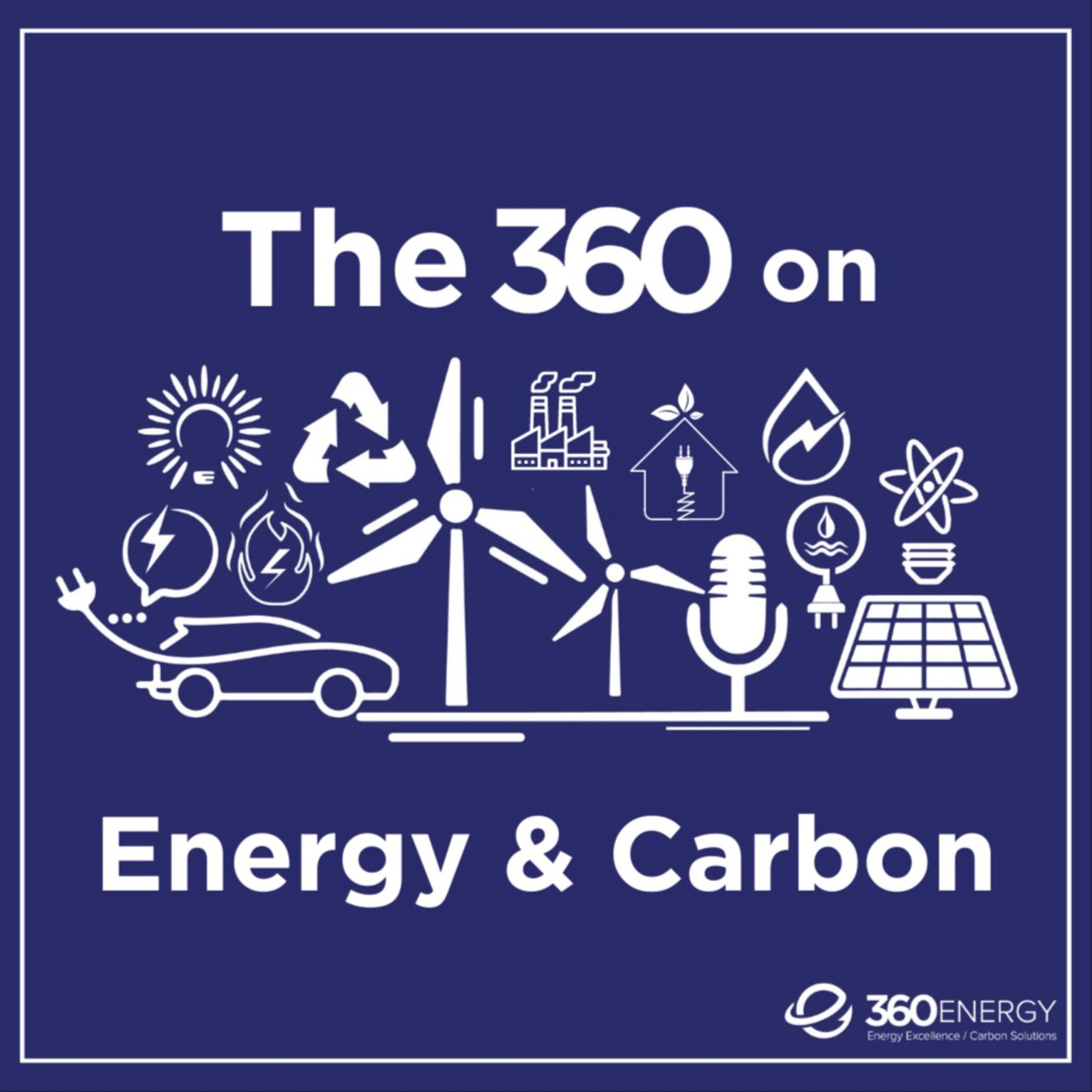
Food retailers in North America are committing to carbon emissions reductions. To achieve ambitious targets, they are looking into their supply chains and third-party vendors to do the same.
What might this trend mean for growers in the food supply chain?
Walmart is one of the biggest retail businesses in the world. In 2020, Walmart made the Climate Disclosure Project’s “A List” for ‘Climate Change’. Walmart has implemented Project Gigaton in order to avoid one billion metric tons (a gigaton) of Scope 3 carbon emissions from their global value chain by 2030.
To reach its target, Walmart will track which suppliers are reporting their avoided carbon emissions. Walmart is currently showcasing nearly 1400 suppliers for making carbon emissions reductions. In 2016 Walmart announced that 20 key commodities, including tomatoes and grapes, should be more sustainably sourced.
Loblaw, one of the biggest food retailers in Canada, is moving in a similar direction. In 2019, they reported making nearly 30% reductions in absolute greenhouse gas (GHG) emissions across corporate operations relative to 2011. Loblaw is on track to deliver carbon reductions in line with Canada’s national targets and commitment to the Paris Agreement. They are promoting a sustainable supply chain and sustainable Canadian suppliers .
To reduce carbon emissions from the transport of food, the company announced it will increase its purchase of Canadian grown produce by $150 million by 2025. In 2019 Loblaw supported the expansion of traditional growing and greenhouse farming in Canada, especially the strawberry growers throughout the year.
Costco is another retail giant that has announced a Climate Action Plan over the next four years. They have identified actions to tackle Scope 1 and 2 emissions under their control. In the summer of 2020 Costco explored reducing Scope 3 emissions from select suppliers of produce, textiles, and paper products.
Scope 3 emissions are defined by the U.S. Environmental Protection Agency (EPA) as, “…the result of activities from assets not owned or controlled by the reporting organization, but that the organization indirectly impacts in its value chain.”
Giants in the retail food sector are leading the transformation of their industry. Not all retailers have embraced ambitious carbon emission reduction targets for their supply chains, but a trend is clearly underway.
It would appear that those suppliers who want a preferred position in the retail food supply chain will get ahead of this curve and begin reducing the carbon footprint in their operations.












